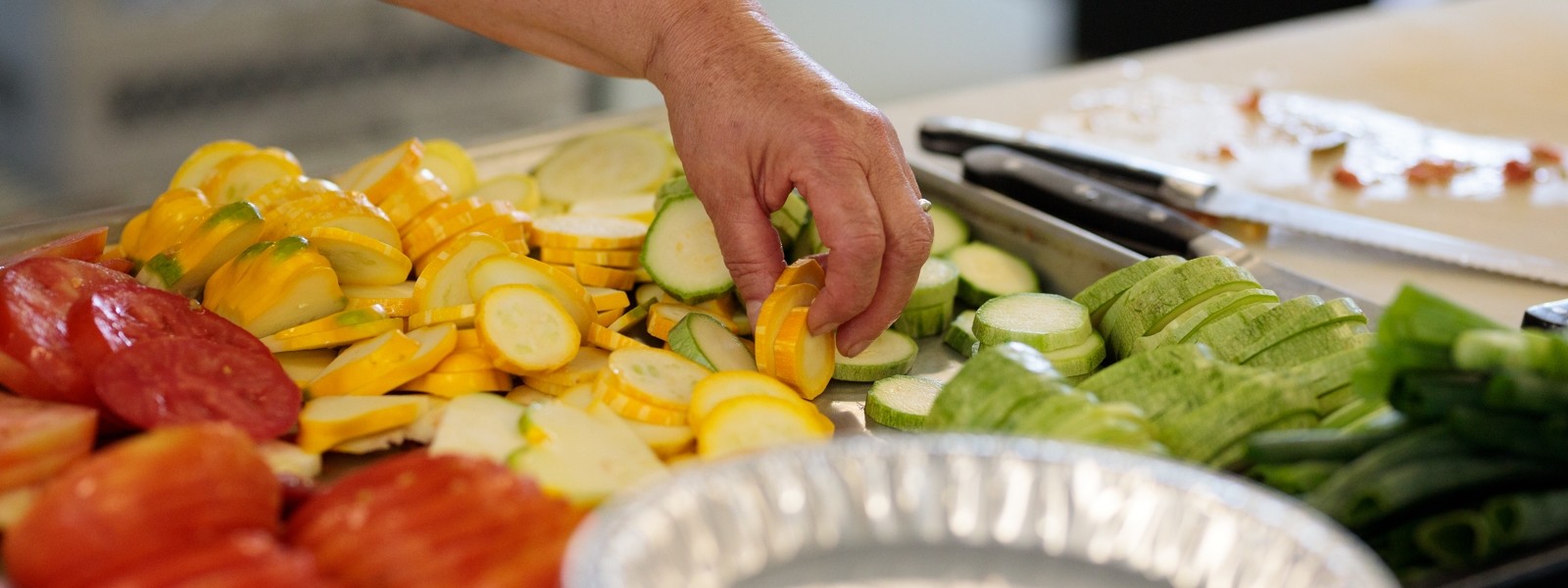Whole Grain Porridge
Whole grain porridge is warm, yumm,y & good for you — as long as you know how to prepare it!
Whole grains are a great source of fiber and other important nutrients such as vitamin B, calcium, iron, & zinc, and they will help you feel full until lunchtime. The USDA 2010 Dietary Guidelines for Americans recommends that at least half of all the grains you eat are whole grains. The difference between whole and refined grains is that refined grains have had the bran and kernel removed. This improves shelf life, but strips away the nutrients and flavor. If you want to reap the benefits of grains, you’ll want to eat whole grains cooked properly.Traditional methods of preparing porridge in cultures around the world always involve soaking, fermentation, slow-cooking, or all three.
Why soaking? All grains contain phytic acid in the bran, and all seeds (many grains are seeds) contain enzyme inhibitors. The phytic acid can combine with certain minerals like zinc found in the grain, decreasing your ability to absorb them. Enzyme inhibitors interact with your own enzymes, and can prevent them from breaking down proteins and inhibit vitamin absorption. Soaking the grains in water overnight (about seven hours) — preferably with a little lemon juice, kefir, or yogurt added — will break down the phytic acid and the enzyme inhibitors.
Making your porridge For two servings: Soak 1 c of cereal in 3 1/4 c of water overnight. In the morning add salt to taste and bring to a boil, stirring constantly. Transfer for a double boiler and cook unattended for at least 30 minutes. You can also soak your grains right in a rice cooker or crockpot. In the morning, add water as needed, and turn on the cooker for about 15 minutes.
Photo by V31S70.

